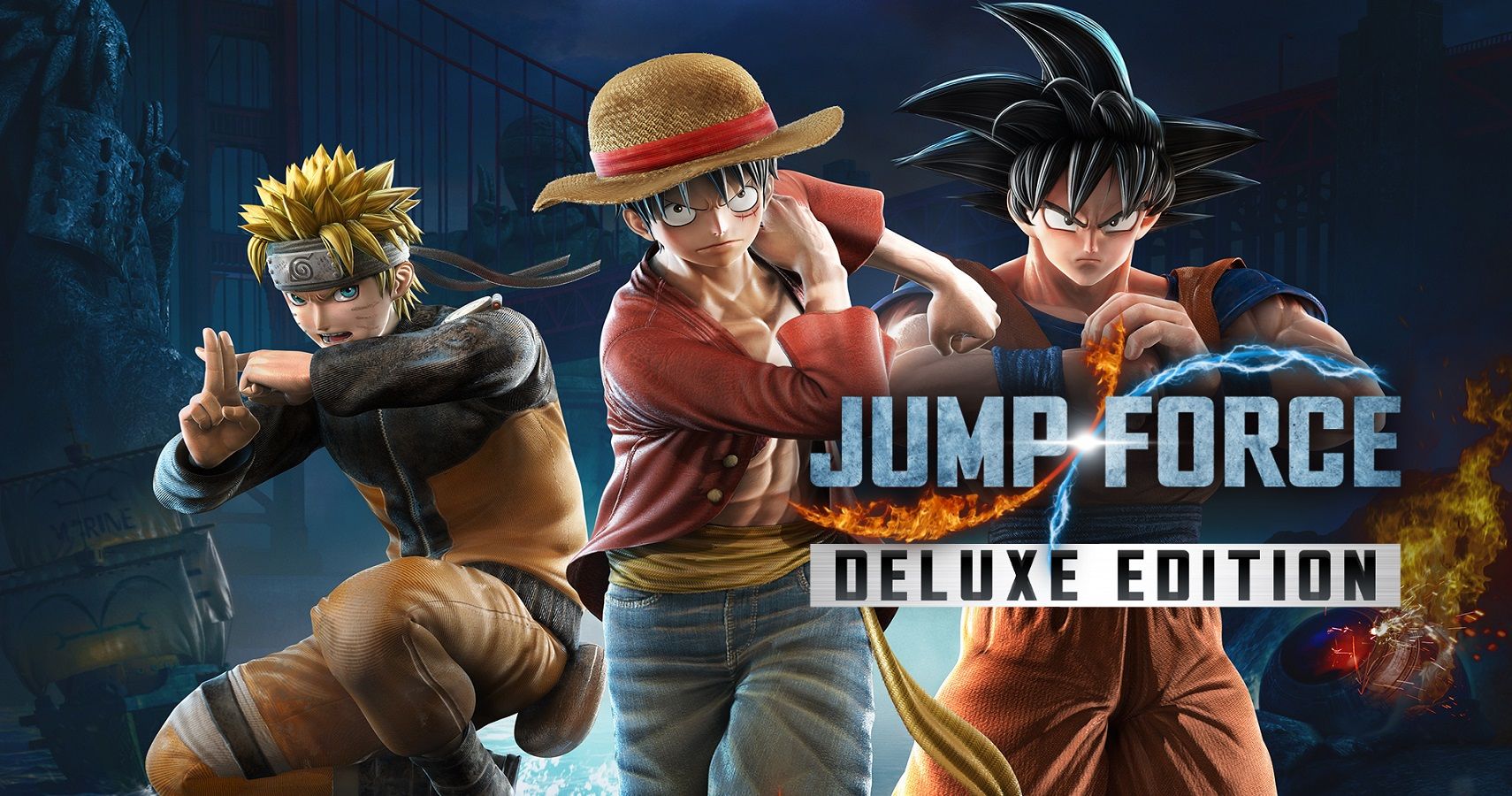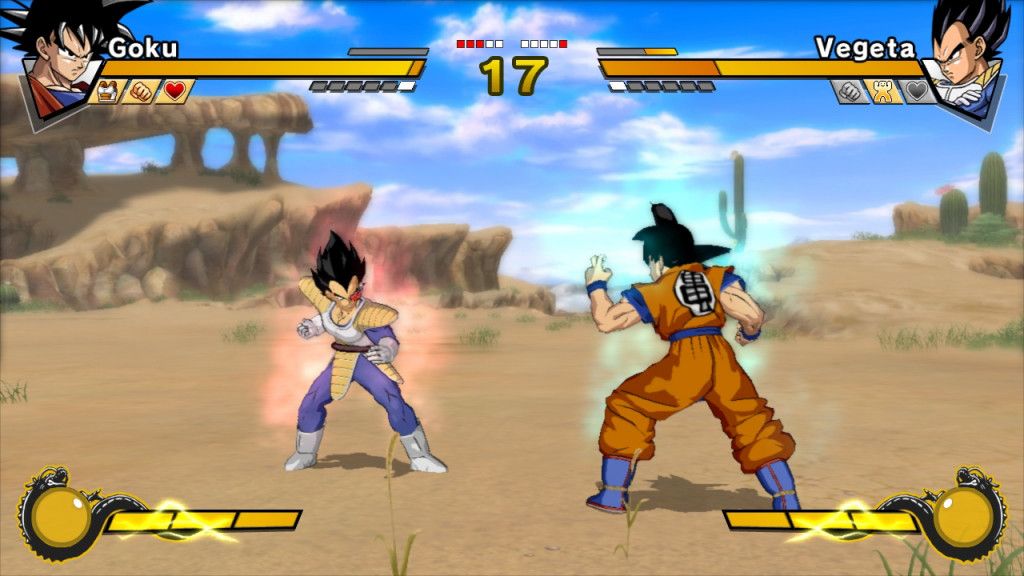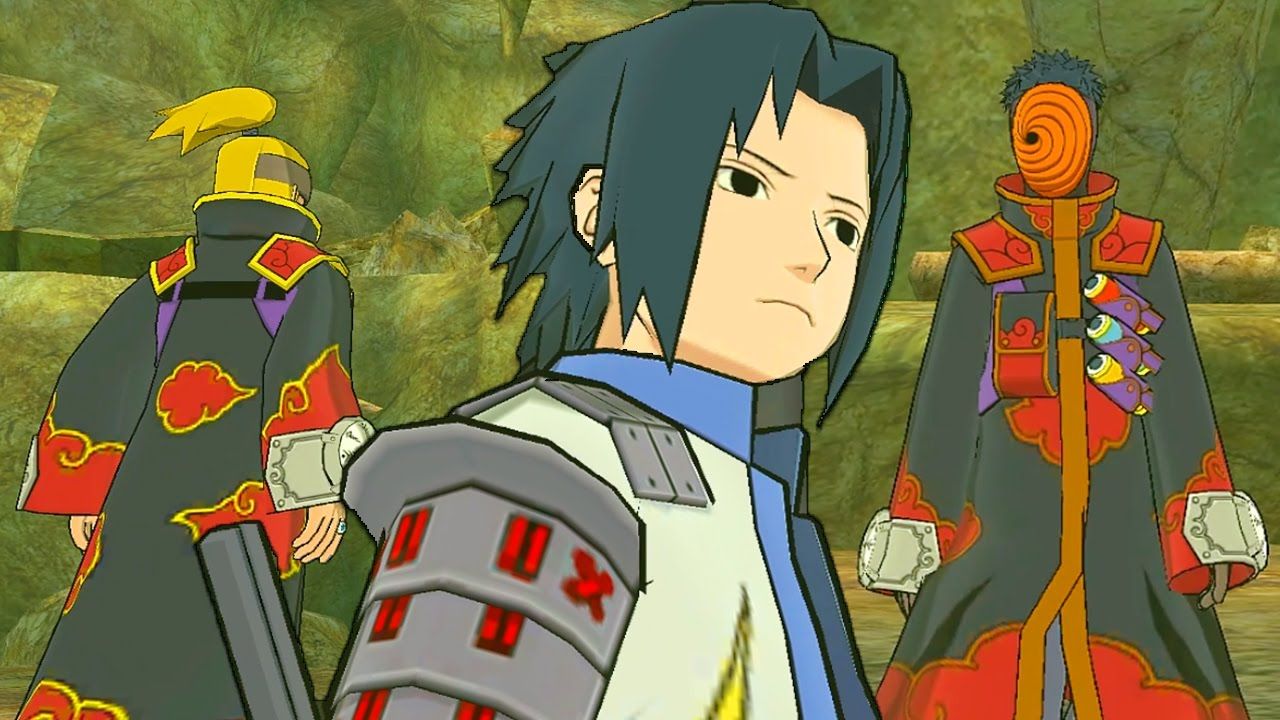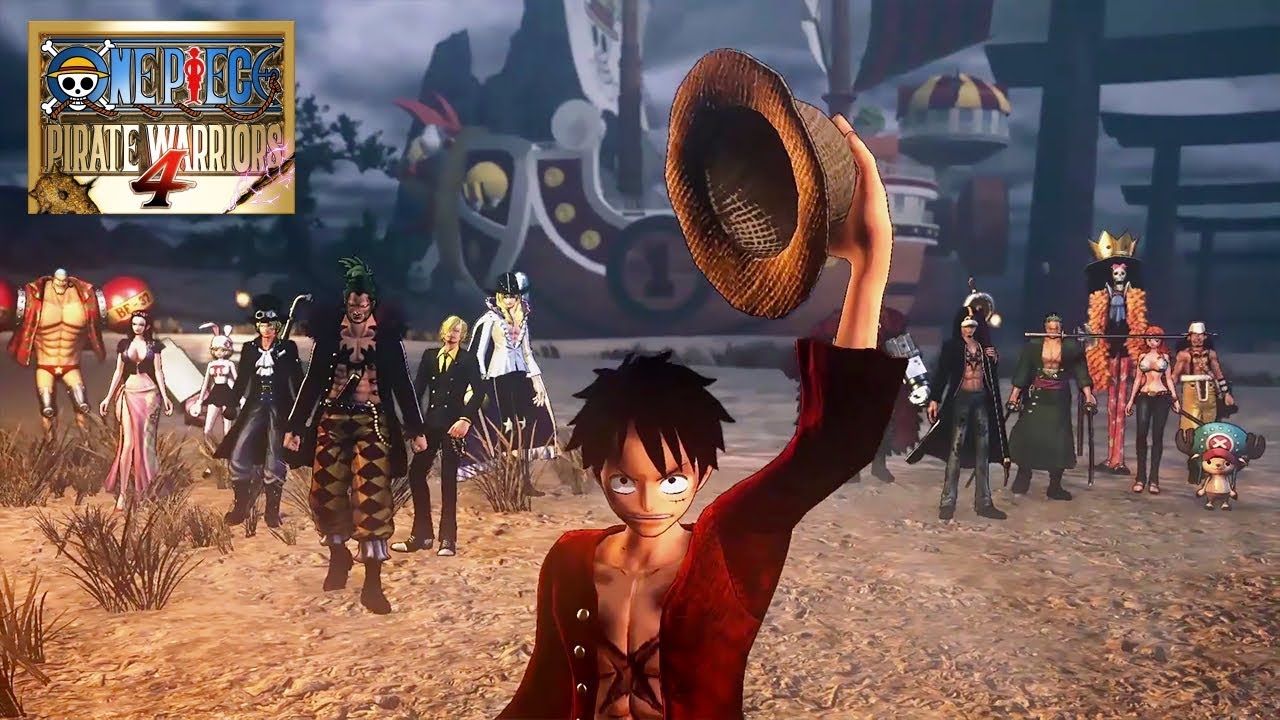It makes perfect sense to think that making beloved anime into video games would be a good idea. Anime such as Naruto, One Piece, Attack On Titan, and more have millions of fans across the world. Not to mention, many anime are largely focused on combat, so they would seem like good candidates for a video game. So why not create games based off these epic adventures that so many people love?
There have now been hundreds of games released based off anime. Out of all of them, the Dragon Ball Z games have taken the lead in sales and reviews, and they continue to be released. But while the Dragon Ball Z games seem to be relatively successful, many other anime franchises have not found that type of success in the world of video games.
There are several reasons for this, although it could be summed up to “lack of effort” in short. It definitely doesn’t have to do with being able to reach a wide enough audience, since the shows, movies, and manga have no trouble maintaining popularity across the world. For example, Jump Force—a fighting game that involves numerous different anime characters—had a huge following. It was thought to be the game that could rival Super Smash Bros. But once it was released, it basically fell off the radar entirely, ending in total disappointment for many gamers.
So why do so many of these games have such low quality?
The Motivation Is To Make A Profit
The goal isn’t to make a great game, it’s to make more money. Considering how popular many of these anime are, it’s no surprise that the companies want to milk every last drop for profit. Unfortunately, this results in little to no thought given to how the game actually functions. Bad animations, clunky combat, and lackluster plotlines are just some of the issues that constantly occur.
Development Is Often Outsourced To Save Money
Right in line with the motivation to make the games in the first place, these companies often outsource the game development, just to get it done while spending less money. For example, Naruto Shippuden: Dragon Blade Chronicles was produced by TOMY, which is actually a company that makes and distributes toys. Clearly, video game development was not the primary concern when making this game, as it hasn’t been for countless others.
Anime Fluctuate In Their Popularity
Another main problem is that anime constantly fluctuate with their following. Considering that often the shows and manga are coming out at different times (or not at all), it’s difficult to develop a video game that will line up with the timing of its current popularity. While Attack On Titan could be all the rave for a few months, the show could take a hiatus and seemingly drop off the map by the time a new Attack On Titan video game would be released.
The Games Released In A Series Are Basically All The Same
Obviously if there are games that continue a single series, we expect the games to have similar qualities. That being said, many of these anime-based games are exactly the same as the ones that came before them in the series. For example, One Pieces’ Pirate Warriors has had four different games in its series, and all four of them are barely distinguishable from the others. Likely, this is once again related to the profit aspect, as there’s really no reason to change or improve a game when you can just make the same thing over and over and still make money.




